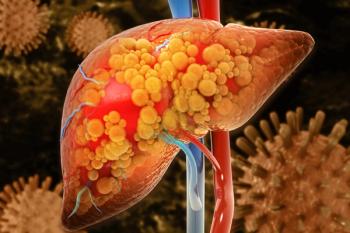
May Is Mental Health Month, With Theme of Avoiding Risky Behavior
The theme of "Risky Business" will encourage families and friends to draw connections between high-risk behavior and a possible mental health issue.
Mental Health Month, started 68 years ago to build awareness of mental health conditions, comes as the nation fights an opioid epidemic and more emphasis than ever is placed on prevention and coordinating behavioral health with primary care providers.
Mental Health America, founded in 1909 to promote mental health as part of overall wellness, is promoting a theme of “
“When we engage in prevention and early identification, we can help reduce the burden of mental illness by identifying symptoms and warning signs early—and provide effective treatment Before Stage 4,” MHA President and CEO Paul Gionfriddo said in a statement, referring to the most serious stage of mental illness, when a person is an imminent danger to oneself or others. “We need to speak up early and educate people about risky behavior and its connection to mental illness—and do so in a compassionate, judgment-free way.”
Around the world, well-known people who have struggled with risky behavior are doing just that. In the United Kingdom,
“No American should suffer in silence and solitude. During Mental Health Awareness Month, I encourage all Americans to seek to better understand mental illness and to look for opportunities to help those with mental health issues,” President Donald J. Trump said in
The
Approximately 1 in 5 youth aged 13 to 18 (21.4%) will experience a severe mental disorder at some point in their life, according to NAMI. The group also reports that 1.1% of US adults live with schizophrenia, 2.6% live with bipolar disorder, and 6.9% had at least 1 major depressive episode in the past year. Mental illness contributes to social problems, with 26% of the homeless in shelters having been diagnosed with a mental health disorder.
Newsletter
Stay ahead of policy, cost, and value—subscribe to AJMC for expert insights at the intersection of clinical care and health economics.












































